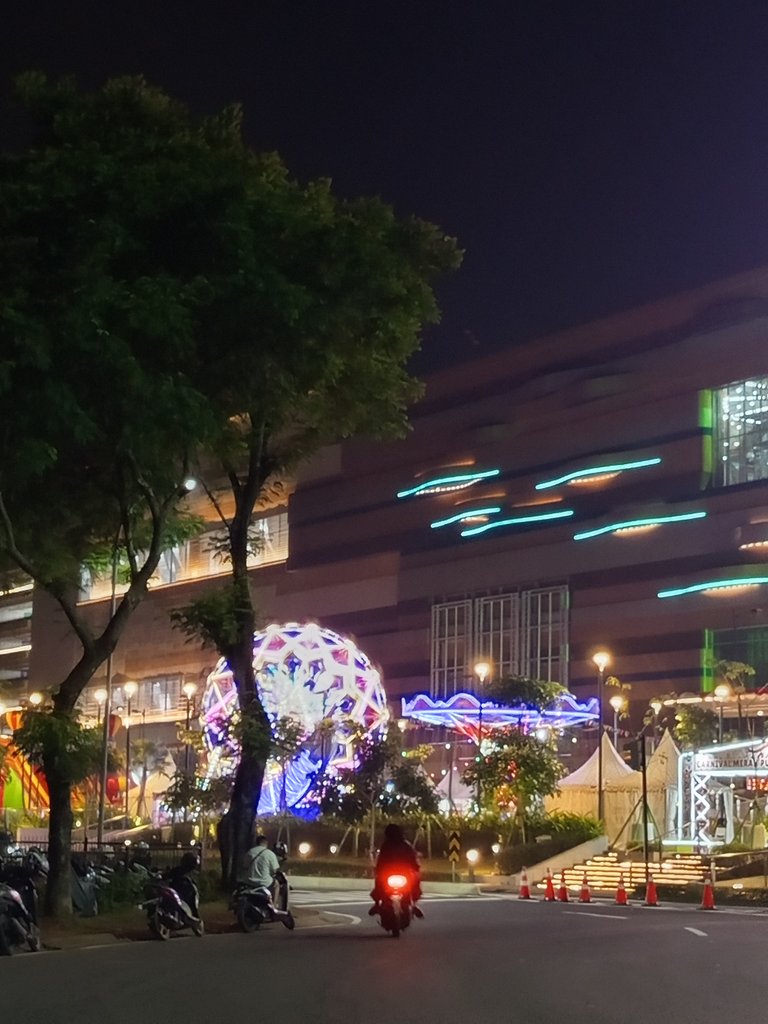Can Malls Survive In The Era Of Online Shopping?
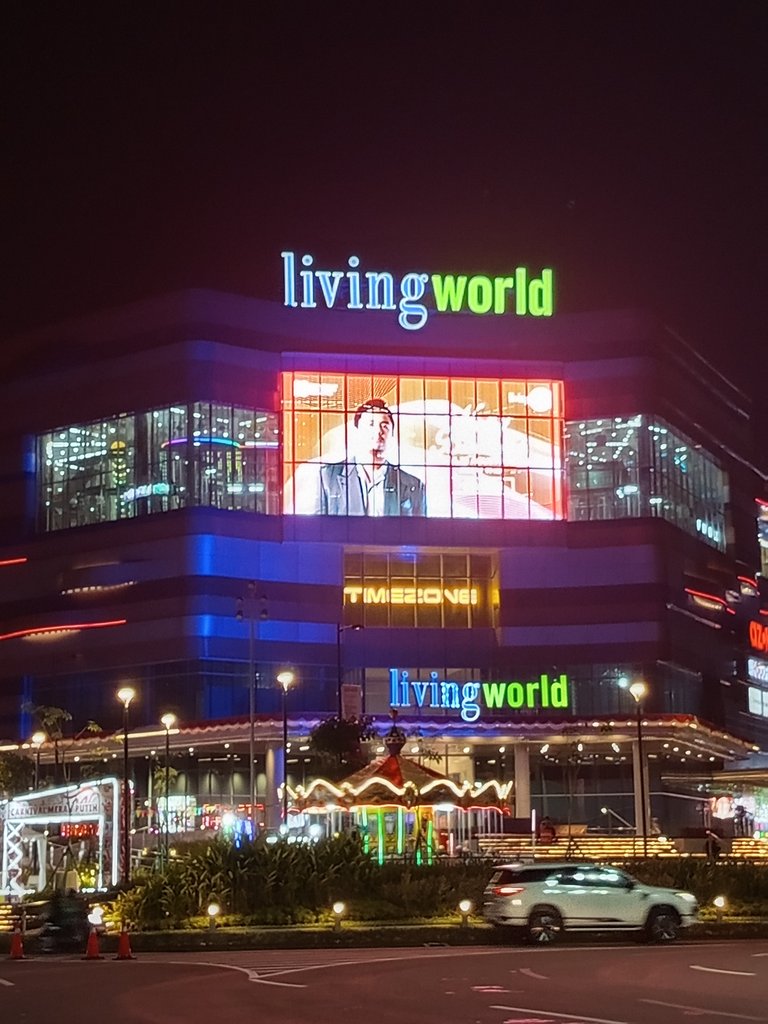
A large building recently completed in the middle of an elite housing area stands as a new landmark. This mall, finished just a few months ago, hosts several restaurants and stores that have started operating. The grand opening attracted a large number of visitors, creating an atmosphere full of excitement and curiosity. However, despite the crowd, actual shopping activity was surprisingly low.

Currently, Indonesia’s economy is struggling, with rising unemployment rates affecting many families. This economic downturn has made consumers more cautious about their spending. At the same time, online shopping continues to grow rapidly across the country. People increasingly prefer to purchase a wide variety of products online, ranging from clothing to fishing rods, due to the convenience and often lower prices offered by e-commerce platforms.
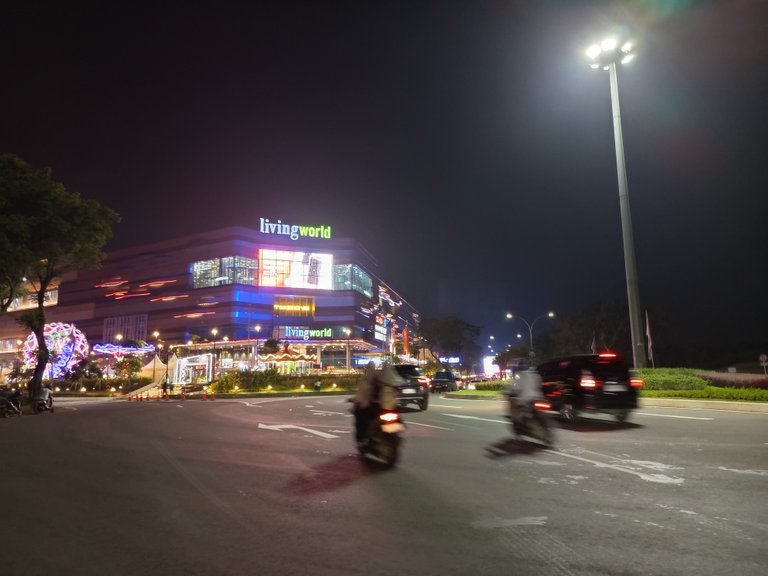
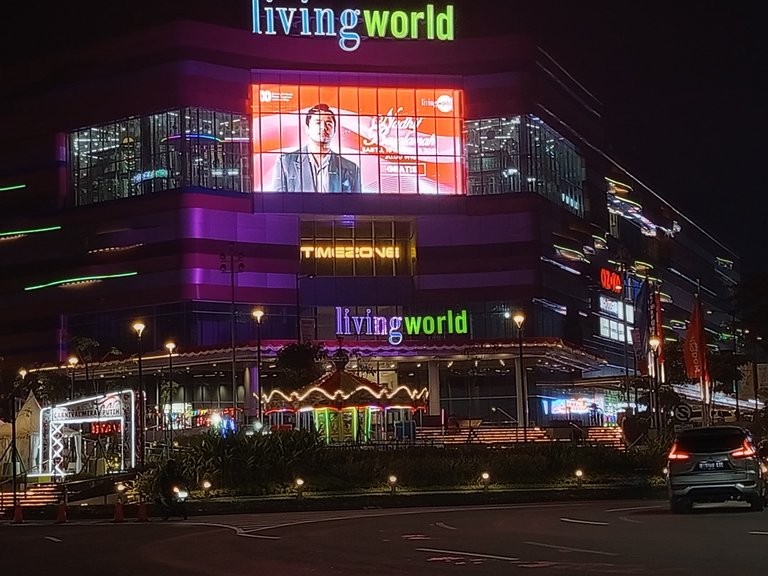
The mall’s high-end restaurants face stiff competition from both local eateries and new market entrants. These competitors use advanced marketing strategies and enhanced services to attract customers. To stay relevant, the mall’s businesses must innovate and provide unique experiences that online shopping cannot replicate. This includes creating inviting spaces, offering exclusive products, and engaging events that draw people in beyond just buying.
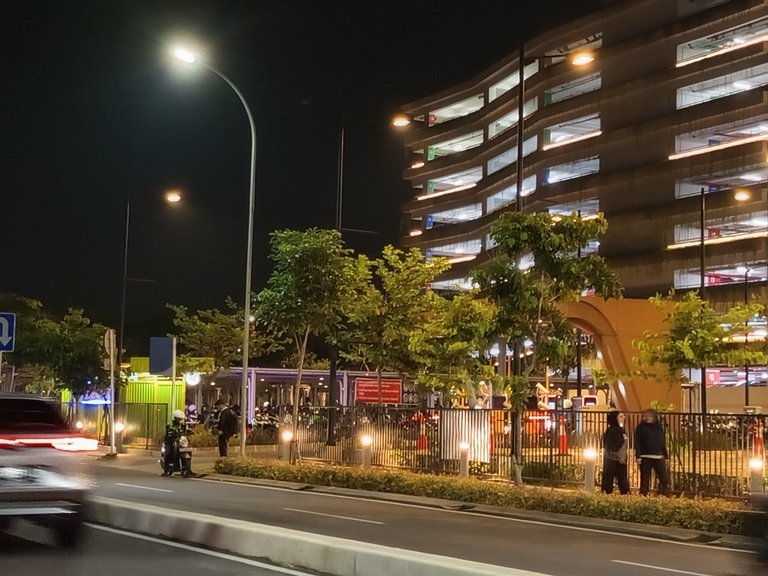

Despite these challenges, the mall developer remains confident in the project’s future. They believe that the mall’s location in an upscale neighborhood and the quality of its offerings will eventually attract more loyal customers. They are optimistic that as the economy improves and social activities resume, the mall will become a preferred destination.
In my opinion, however, malls will continue to face difficulties in the coming years. The shift toward online shopping has created a lasting change in consumer behavior. Until malls can adapt and offer significant advantages over e-commerce, many people will continue to favor the convenience of shopping from home.
